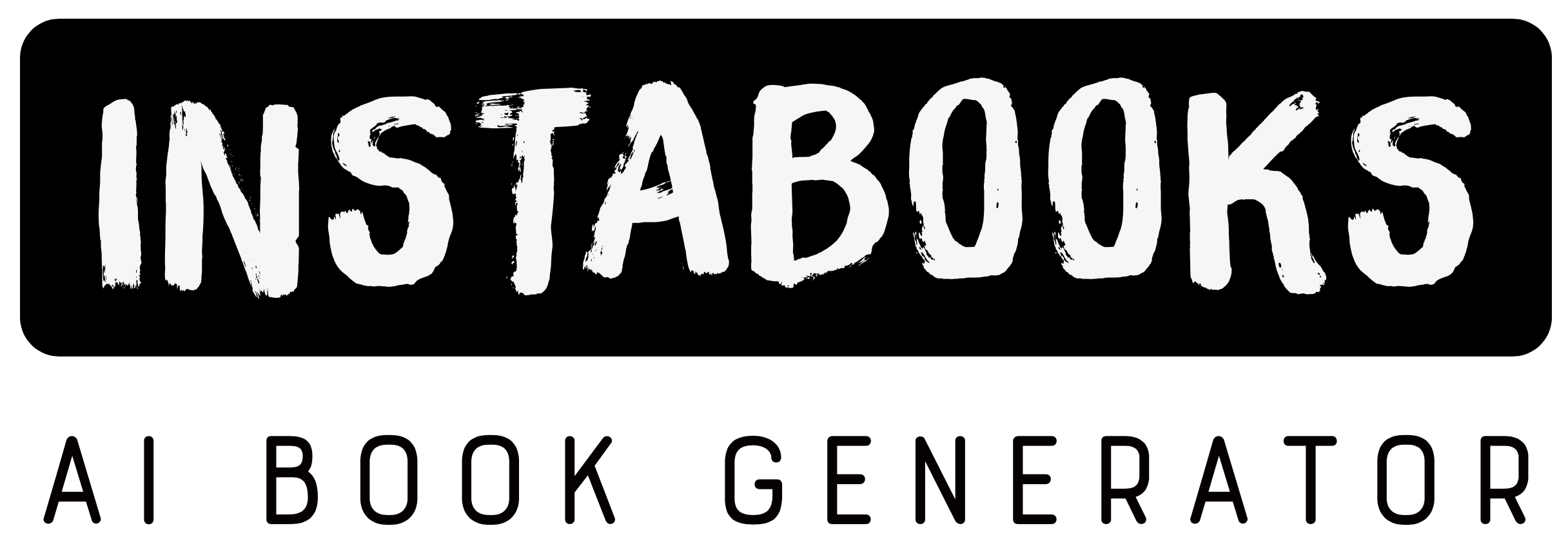
The Closure Paradox: Embracing JavaScript Evolution
Unveiling Google Closure Library's Legacy and Modern Alternatives
Included:
✓ 200+ Page AI-Generated Book
✓ ePub eBook File — read on Kindle & Apple Books
✓ PDF Print File (Easy Printing)
✓ Word DOCX File (Easy Editing)
✓ Hi-Res Print-Ready Book Cover (No Logo Watermark)
✓ Full Commercial Use Rights — keep 100% of royalties
✓ Publish under your own Author Name
✓ Sell on Amazon KDP, IngramSpark, Lulu, Blurb & Gumroad to millions of readers worldwide
Discover the Legacy of the Google Closure Library
The Google Closure Library carved its name in the annals of web development with its release in 2009. It wasn't just another JavaScript library; it was a groundbreaking innovation that addressed the myriad inconsistencies across browsers, as developers battled compatibility issues. With the Closure Library, developers gained access to an extensive toolkit designed to build resilient web applications without needing to wrestle with the peculiarities of different browsers.
Explore the Innovations and Impact
At the heart of the Google Closure Library was its promise of reliability through static analysis, a feature that was unprecedented at its inception. Developers appreciated this high-level type checking which propagated through its numerous utilities—ranging from DOM manipulation to event handling and beyond. This library not only improved code maintainability but set a precedent in standardizing web application architecture, influencing successors like CommonJS and ES Modules.
Transitioning to Maintenance Mode
In a world where technologies rapidly evolve, the Google Closure Library inevitably faced its sunset. Google's announcement in November 2023 signaled its transition into maintenance mode, a decision reflecting the progressive shift towards modular JavaScript practices. As web development embraces the flexibility of CommonJS and ES Modules, along with the robust type checking of TypeScript, the Closure Library stands as a testament to its pioneering era, now archived for historical reference.
Discover Modern JavaScript Practices
As developers navigate this transition, they are guided towards modern alternatives that align with contemporary standards. The book provides insights into how developers can migrate aspects of the Closure Library to current solutions, such as JavaScript's native functions replacing goog.array and goog.dom, or the transformation from goog.net to the fetch and streams APIs. Each recommended alternative is contextualized within modern web development to ensure seamless integration.
Comprehensive Insights and Recommendations
"The Closure Paradox" is more than a historical recounting; it serves as a beacon for developers seeking to understand the arc of web development and discover efficient, modern practices. Whether you're seasoned or new to the realm of JavaScript, this book is designed to offer actionable insights, making your journey through evolving web technology both informative and transformative.
Table of Contents
1. The Genesis of Google Closure Library- Historical Context and Launch
- Revolutionizing JavaScript Development
- Core Components and Features
2. Architectural Innovations
- Overcoming Browser Inconsistencies
- Static Analysis and Type Checking
- Advanced Utilization in Web Apps
3. Impact on Web Development
- Standardizing Web Practices
- Influence on Modern Tools
- Real-world Implementations
4. Transition to Maintenance Mode
- Announcing the Shift
- Reasons Behind the Change
- What Maintenance Mode Means
5. Modern JavaScript Techniques
- Adopting CommonJS and ES Modules
- Integrating TypeScript
- Leveraging Native APIs
6. Alternatives to Closure Components
- DOM and Array Operations
- Network and Cryptography Solutions
- Internationalization and Security Practices
7. Case Studies of Migration
- Google's Transition Strategies
- Third-party Adaptations
- Lessons Learned
8. Best Practices in Modern Web Development
- Embracing Modularity
- Enhancing Code Reliability
- Optimizing Performance
9. Future of JavaScript Libraries
- Trends in Library Development
- Community-driven Innovations
- Sustainability in Open Source
10. The Philosophy of Software Evolution
- Understanding Technological Shifts
- Balancing Legacy and Innovation
- Cultivating a Growth Mindset
11. Google Closure Library's Legacy
- What it Taught the Development Community
- Building on Pioneering Efforts
- Preserving Historical Insights
12. Conclusion and Forward Guidance
- Wrapping Up the Closure Journey
- Navigating Future Challenges
- Empowering the Next Generation
Target Audience
This book is aimed at web developers, software engineers, and technology enthusiasts interested in the evolution of JavaScript and modern web practices.
Key Takeaways
- Understanding the history and impact of the Google Closure Library in web development.
- Insights into the tools and techniques that paved the way for modern JavaScript practices.
- Guidance on transitioning from Closure to current JavaScript standards.
- Exploration of alternatives for key Closure components in today's technology landscape.
- Comprehending the legacy of Closure and its role in the evolution of web technologies.
